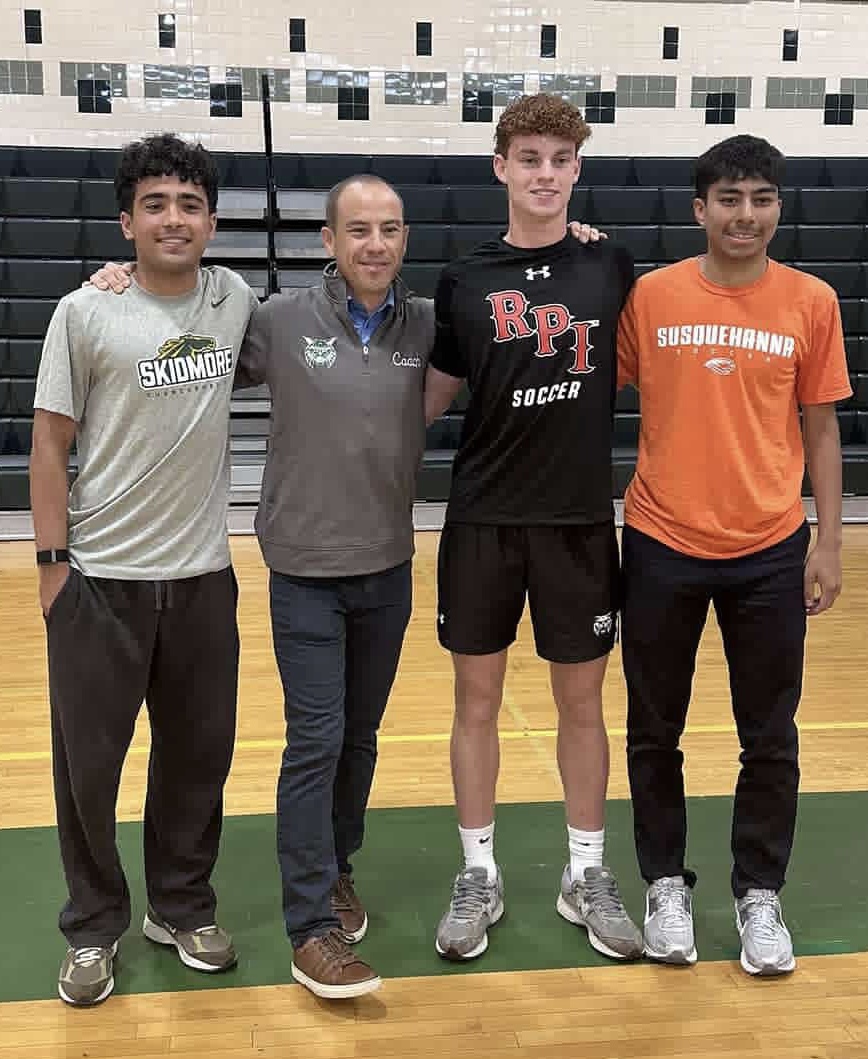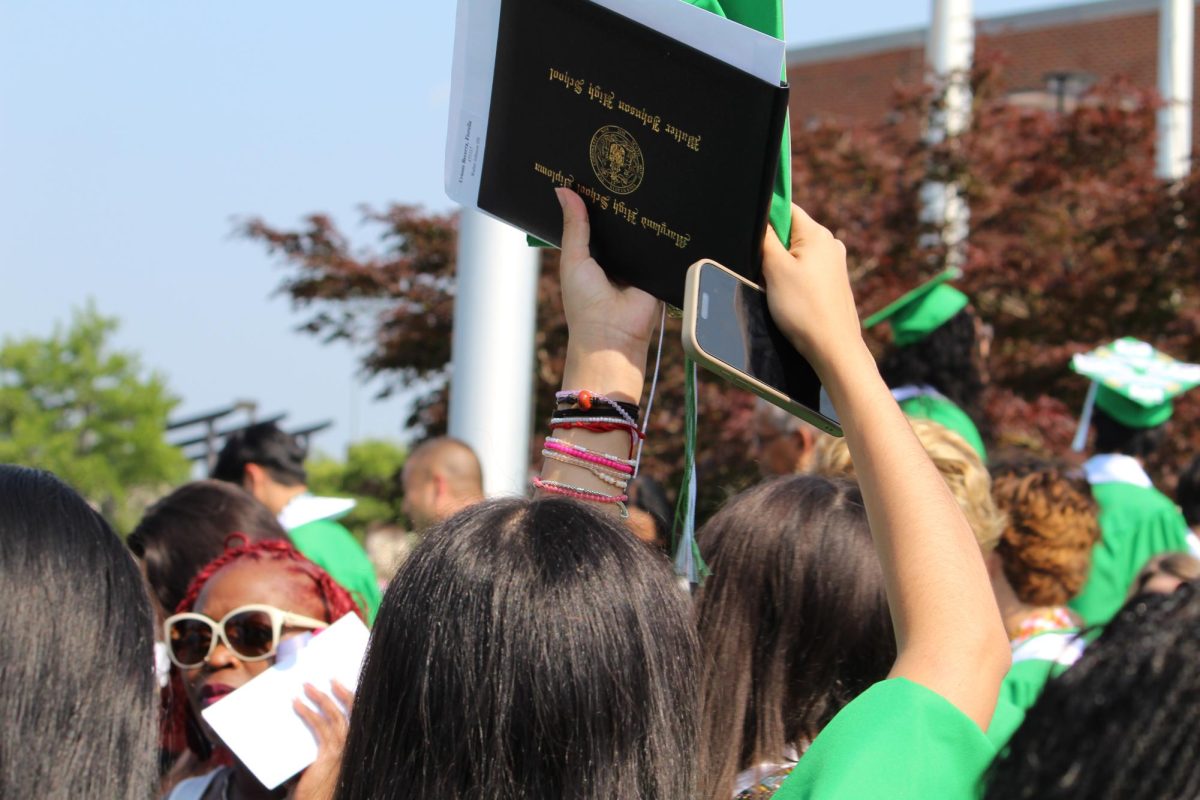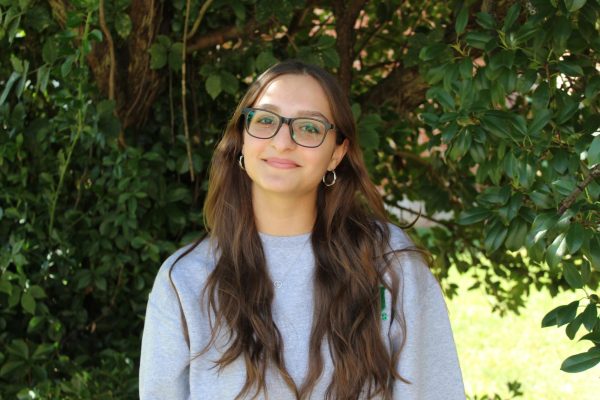Mary-Kate and Ashley Olsen. Dylan and Cole Sprouse. Jake and Logan Paul. When most people think of twins, these famous figures come to mind, as well as matching outfits, matching toys and matching hairstyles. These associates are often accurate portrayals of twin life that can produce unbreakable bonds and built-in best friends, or when swung to the other end, can form tension, distance and competition between the pairs.
Starting off as womb-mates, twins often share a close bond as toddlers. Twin childhood memories can be some of the most pristine and impactful experiences, with twins doing everything together from playing soccer in the backyard to fighting over toys.
“When we were six years old, we would always make iMovies together so I have so many videos of me and Gabby [Rappaport] just doing full productions with full editing. We would do house tours and workout videos and that type of stuff,” junior Sasha Rappaport said.
As kids get older and form their own personalities and preferences, differences and conflicts can occur.
“From the very beginning as kids, we’ve been very different people [partly because of] being compared to him all the time and him being compared to me and feeling like you’re always competing,” junior Sam Potter said.
Due to often being confused with the other twin, a compulsion to create distance and separation, both physically and emotionally, can arise among twins.
“I know a lot of twins purposely try to dress differently and do different hairstyles,” freshman Kalher Mayr said.
Nevertheless, some pairs of twins continue to have strong bonds and be each other’s confidants all the way from elementary to high school and often choose to combine friend groups.
“I have my friend group which is mostly girls and then he has his own guy friends but the groups combine and hang out together [so] we’re very close and we have a really good relationship,” senior Evelyn McKaig said.
Additionally, the absence of an age gap can often bridge twins together due to being in the same phase of life and having similar interests.
“We talk to each other about everything and since she’s my age, she knows everyone that I know, and I kind of like that because I feel like I can talk to her about everything and she’ll understand,” Rappaport said.
Unlike siblings with an age gap, twins rarely have specific family roles based on age, such as the older sibling doing the dishes and cleaning the living room while the younger simply tidies up their room. In families with twins, these roles are often based on habits or actions.
“I think sometimes they view one of us as more responsible than the other,” Potter said.
Twins may also choose to enhance their relationship from simply being siblings to becoming teammates. It allows their relationship to grow both off and on the rink in junior Cameron Luskin’s case.
“We play hockey together, and we’ve played hockey together for nine years, some of that on the WJ hockey team so we have a really good rapport,” Luskin said.
Applying to colleges as a twin also involves an aspect that most people don’t have to consider: where your sibling is planning to go.
“I think we are independent [in our college process]. I think that we are each going to look at colleges on our own but I think we might end up going to the same college just because of what’s compatible with our needs and where we end up applying,” Rappaport said.
Whether twins inhabit any or none of these aspects, one thing is for certain: having a twin is definitely a unique experience.
“I think [my life] would be very different [if I didn’t have a twin]. I think I’m lucky to have a twin because I kinda have a built-in best friend and he’s always there for me so it’s really cool,” McKaig said.















